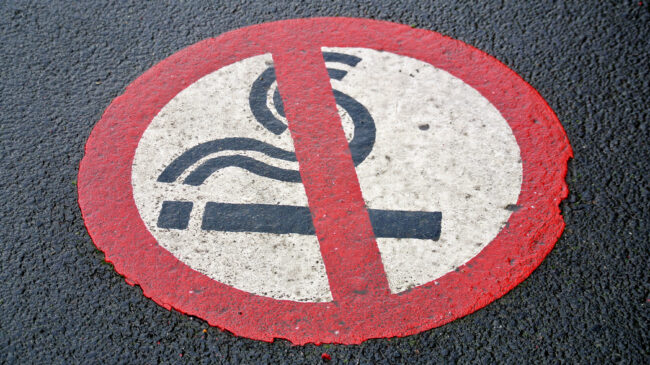Thanks to a mammoth effort of signature gathering undertaken last year amidst the height of the COVID-19 pandemic, California voters will have the final say on whether or not the state embarks on a new era of prohibition.
Last year, state lawmakers passed a bill banning flavored tobacco products. But after getting enough signatures to qualify for the statewide 2022 ballot, the decision over banning flavored tobacco products will be left to California voters.
In the Nov. 2022 election, Californians will decide whether to ban the sale of nearly all flavored tobacco products, including menthol cigarettes, flavored e-cigarettes, and smokeless tobacco. Lawmakers exempted pricey cigars, hookah, and pipe tobacco products from the ban.
California wouldn’t be the first state to enact such a ban. In June 2020, Massachusetts became the first state to implement a flavored tobacco ban. At the time, supporters of the ban claimed tobacco consumption would plummet and fears of black markets and cross-border sales were overblown. With fewer smokers, Massachusetts would also save money by reducing health care costs, they argued.
But reality soon dispelled such optimism. From the time the ban was implemented in June 2020 through November 2020, Massachusetts’ cigarette excise taxes fell 24 percent. However, cigarette sales in neighboring Rhode Island and New Hampshire rose 18 percent and 29.7 percent, respectively, compared to the same period in 2019.
Massachusetts lost $62 million in cigarette excise tax revenue in the first five months of its ban. And these figures underestimate Massachusetts’ total losses because they do not account for the state’s lost sales of flavored e-cigarettes, smokeless tobacco, or cigars. According to the Tax Foundation, prohibition could cost Massachusetts a total of $120 million in the 2020—2021 fiscal year.
In contrast, total cigarette sales skyrocketed in New Hampshire by 46 percent and menthol sales rose by 90 percent. Total cigarette sales in Rhode Island rose 20 percent and menthol cigarette sales climbed by 29 percent. So, thanks in large part to the ban next door, Rhode Island and New Hampshire gained $14 million and $28.5 million in cigarette taxes, respectively.
While the sales of flavored products did drop in Massachusetts, sales of traditional, non-flavored cigarettes increased 15 percent. So when you combine the increased use of non-flavored cigarettes in Massachusetts with the rising cigarette sales in neighboring Rhode Island and New Hampshire, it appears cigarette sales in the region actually increased overall after Massachusetts’ prohibition went into effect.
These results are important not just because they demonstrate an immediate economic impact from the state ban, but due to cross-border trade and substitution to non-menthol cigarettes, any health benefits are likely to be severely limited. In other words, the loss in tax revenue will not be offset by lower health care costs.
Advocates for the prohibition of flavored cigarettes also hope the ban will dramatically reduce the smoking rate of black Americans. They correctly observe that a disproportionate number of black smokers choose menthol products—with around 85 percent using menthols. While black smokers are more likely to use menthol products and white smokers are more likely to use non-menthol products, smoking rates among young black people are lower than for white youth. In 2017, the latest year for which we have complete data, California’s youth smoking rate amongst whites was 5.9 percent while the black youth smoking rate was significantly lower, at just 1.6 percent.
Menthol and non-menthol cigarettes are equally dangerous so one has to ask wonder why policymakers have targeted and banned the product preferred by black smokers while the cigarettes used by whites can stay on the shelves. When Congress debated a similar flavor ban last year, the American Civil Liberties Union and other civil rights groups also warned banning flavored tobacco products would disproportionately impact people of color, trigger unnecessary criminal penalties, and prioritize criminalization over public health and harm reduction efforts. They’re right.
California was at the forefront of recognizing that the war on drugs was a moral and empirical failure. And yet, the legislature has eagerly committed itself to a new war on flavored tobacco. Thankfully, voters will have the final say.
A version of this column previously appeared at the Orange County Register.

